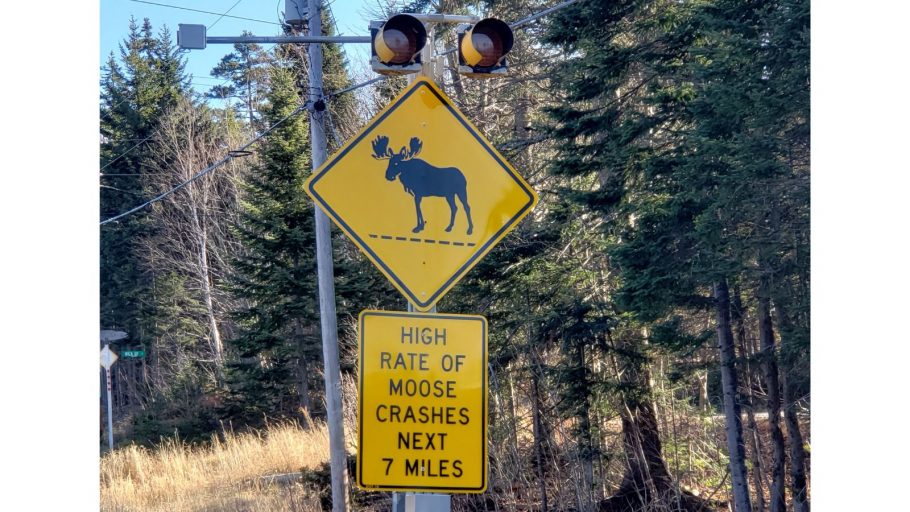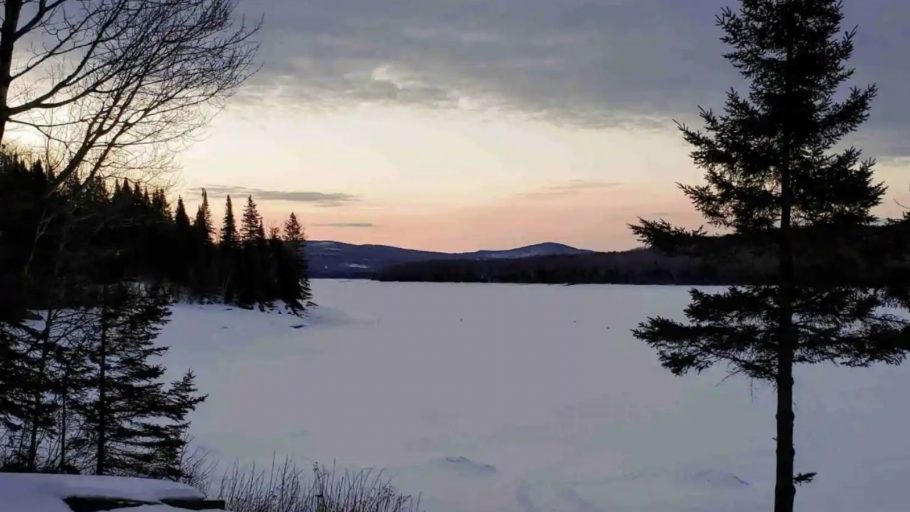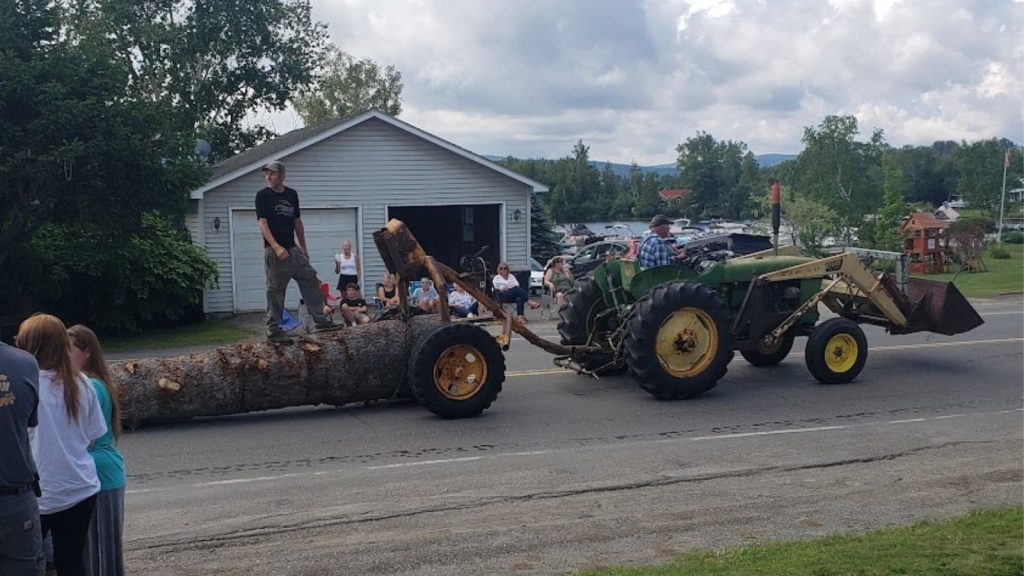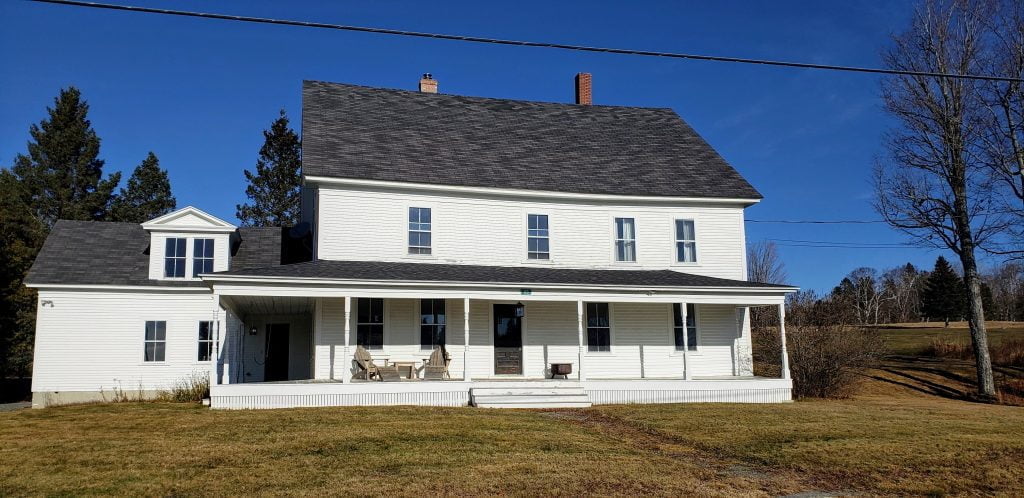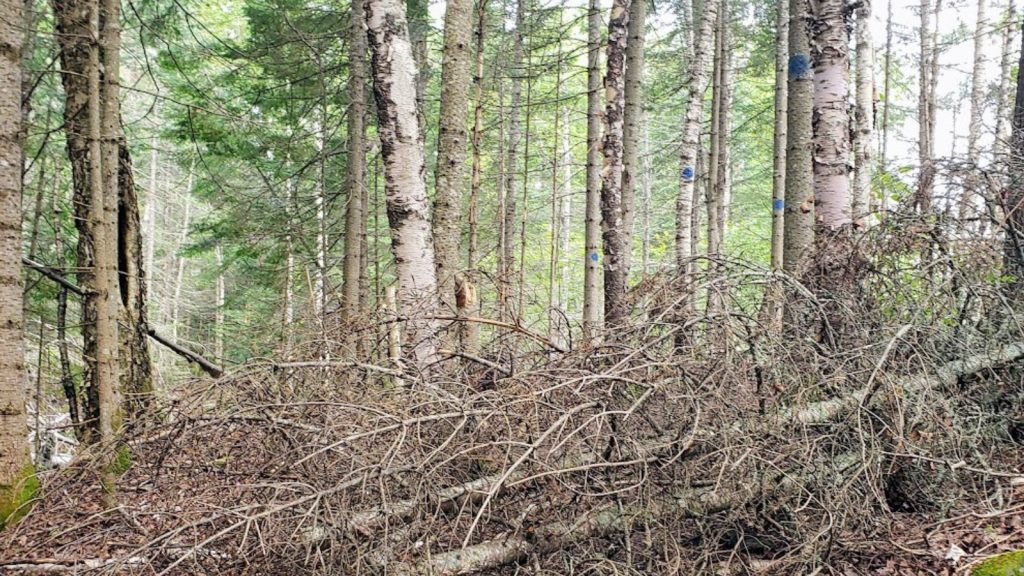If rural wildlife nuisance is causing a problem on your property, there are a few things you can do for prevention and control of the problem. In rural areas, wildlife nuisances are often caused by deer, moose, raccoons, opossums, bats, and other wild animals.
However, if you live in a southern rural area there could be alligators or large snakes that become a problem for you or your rural property.
Luckily, there are a few things you can do to control the problem of wildlife nuisances.
What Is Rural Wildlife Nuisance?
According to Wildlife Damage Management, rural wildlife nuisance is defined by:
For most people, “rural nuisance wildlife” means an animal is destructive or menacing. The animal may be damaging property such as buildings, crops, pets, livestock, gardens, or public parks.
Wildlife may threaten human health or safety by spreading diseases; through direct attacks; or accidentally, because of collisions with cars, airplanes, or trains.
I have been in 2 collisions with a moose in 2 years in Northern Maine. They are hard to see with the trees and shrubs all the same color or if it’s dark at night. There are no street lights anywhere so they can be hard to see.
They are out usually at dawn and dusk but I’ve seen them in broad daylight too in the middle of the road. Luckily my husband and I were not injured though his truck had quite a bit of damage from the moose.
And yes, the moose was fine and walked away just like nothing happened!
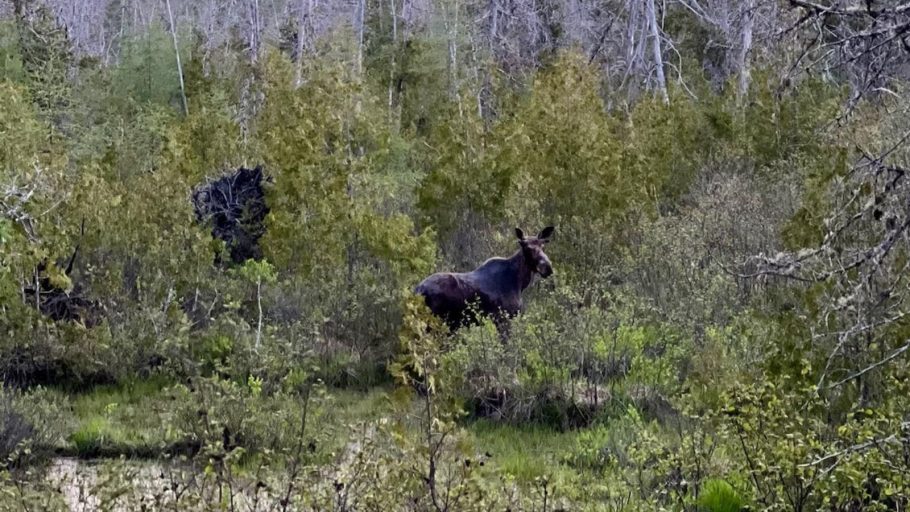
Cleaning Property
One of the best ways to control rural wildlife nuisances is to keep your property clean and free of food sources that attract wildlife. This will help to attract animals.
Second, make sure that any garbage is properly secured. Animals are often attracted to the smells of garbage. (Especially bears!)
However, this also means removing any fallen fruit or nuts from trees and shrubs. If you have a garden, make sure to fence it so that wildlife cannot access it.
Furthermore, consider installing a fence. This will help to keep animals off of your property. If you live in the southern states, have a fence that is at least 4.5 feet in height to prevent alligators from coming onto your rural property.
By taking these steps, you can help to reduce the nuisance that wildlife causes. You can see from this video, you may want to hold on to your drone as well!
Hazing Techniques
Rural area living certainly has its perks–fresh air, majestic views of nature, and the sounds of wildlife all around. However, there are also some challenges that come with rural living, one of which is dealing with wildlife nuisances.
While most people appreciate seeing animals in their natural habitat, there are some instances where wildlife can become a nuisance.
For example, deer may eat gardens, rabbits may burrow under porches, and raccoons may rummage through garbage cans. In these cases, it may be necessary to take action in order to protect property and maintain peace of mind.
One way to control wildlife nuisances is to use hazing techniques. Hazing involves using loud noises or spraying animals with water to scare them away. You can purchase a wildlife hazing device, such as an air horn, from most hardware stores.
By using hazing techniques when necessary, you can help to keep wildlife at bay and enjoy the rural lifestyle without interruption.
Contact Local Wildlife Control for Big Wildlife Nuisances
If you live in a rural area, chances are you’re no stranger to wildlife nuisances. Whether it’s a pesky raccoon rummaging through your trash or a deer destroying your garden, wildlife can quickly become a nuisance.
You will need nuisance wildlife removal of the animal before problems arise.
If your property is being repeatedly damaged by wildlife, you may need to contact a wildlife control company. Wildlife control companies use a variety of methods to remove animals from properties, including trapping and relocating animals.
In some cases, they may also use lethal methods to control the population of problem animals.
However, before taking this step, be sure to check with your local regulations to see what is allowed in your area.
Control Prevention and Maintenance Is Best
You can also take steps to prevent wildlife nuisances from happening in the first place. For example, you can install motion-activated lights or sprinklers around your property.
These devices will startle wildlife when they approach, causing them to stay away.
You can also trim shrubs and trees so that animals cannot use them as hiding places.
Conclusion: Rural Wildlife Nuisances
By taking these steps, you can keep wildlife nuisances under control and enjoy your rural property. What other things have you encountered living in rural areas?
Did you expect to see so much wildlife when you moved to a rural area?
I’d love to hear about them in the comments below.
FAQS
What are rural wildlife nuisances?
For most people, “rural nuisance wildlife” means an animal is destructive or menacing. The animal may be damaging property in rural areas such as buildings, crops, pets, livestock, gardens, or public parks. Wildlife may threaten human health or safety by spreading diseases; through direct attacks; or accidentally, because of collisions with cars, airplanes, or trains.
How does cleaning property protect against rural wildlife?
If you keep your property clean and free of food sources they are less likely to come around your rural area.
What are hazing techniques?
They may include using loud noises or spraying animals with water to scare them away. You can purchase a wildlife hazing device, such as an air horn, from most hardware stores.
When should you contact wildlife support?
If your property is repeatedly being damaged or you can’t remove the dead wildlife on your property or if they are in the road after being hit.
Can you prevent rural wildlife nuisances from happening?
Sometimes you can. Like removing their food source from your property or not driving fast in areas where moose or deer may dart out into the road. However, sometimes there is nothing you can do to prevent them from becoming a nuisance.
